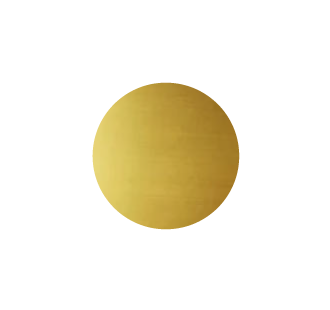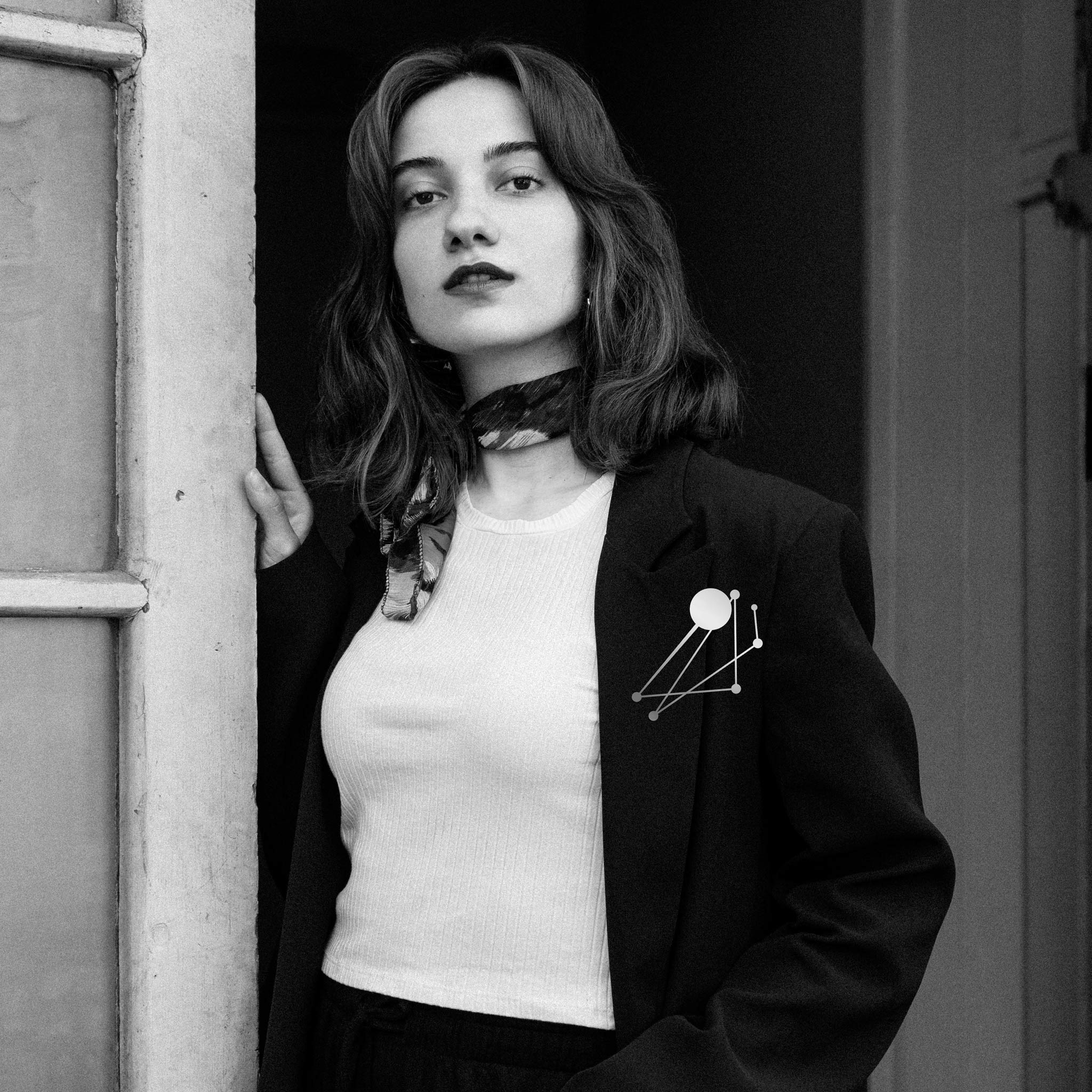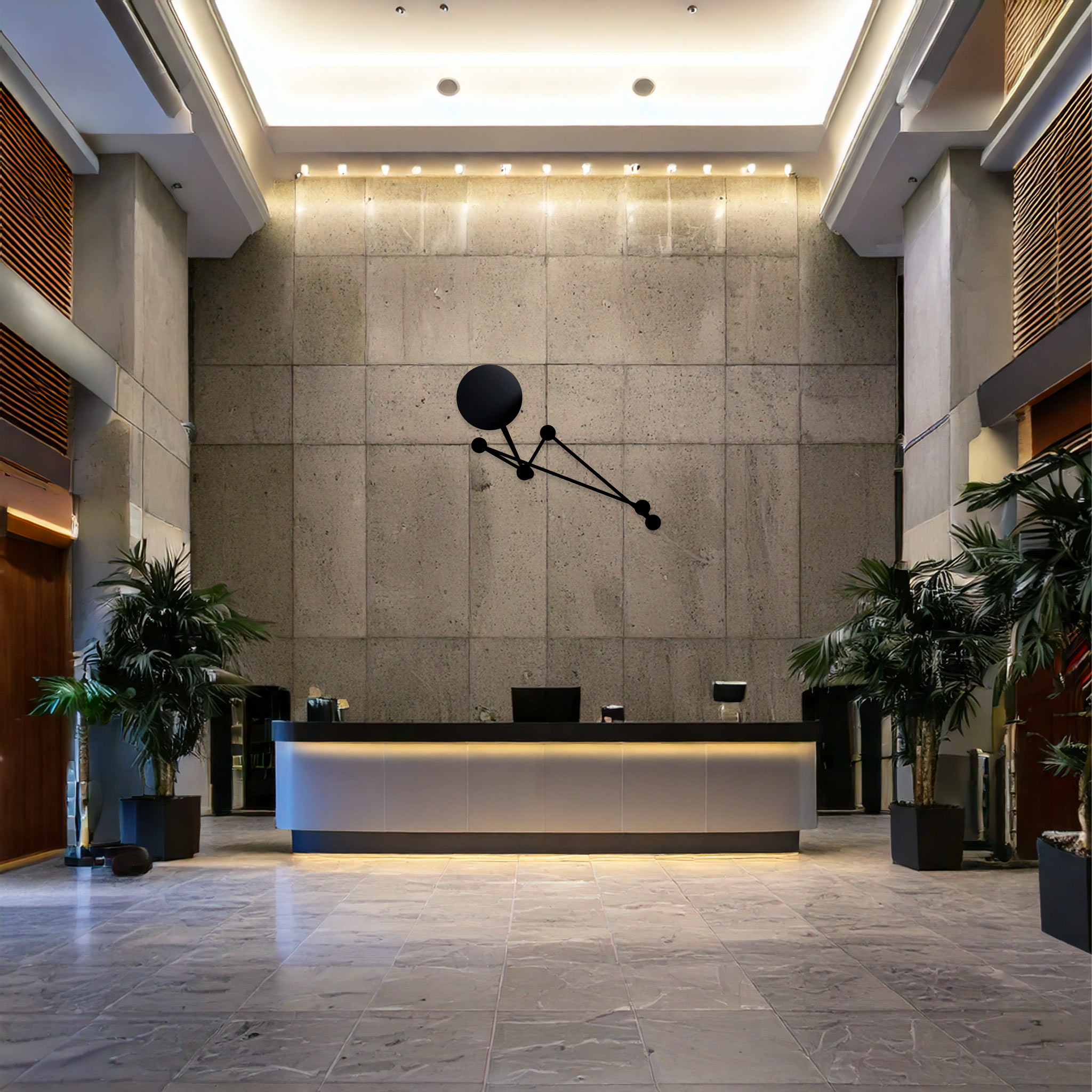We all have memories engraved in our hearts.
These burning memories are like powerful landmarks that help us find our way.
Like the stars, the universe, and the meaning we give them, patterns marking time take shape at every moment, reminding us that we spin on ourselves at more than 1,670 km/h at the equator, that we travel at over 30 km/s around the Sun, while the Sun itself speeds through the Milky Way at about 220 km/s, and that our stellar landscape allows us, like a giant clock, to find our bearings in space and time. This incredible mechanism has always fascinated: the study of the sky has made it possible to make historical decisions and, conversely, to understand how the elements interact with one another.
SPACE MEMORY STUDIO offers the creation of unique artworks based on the position of the stars above an event on Earth, transforming powerful moments into monumental or smaller jewels, each one different and unique, combining symbolism, astronomy, and art.
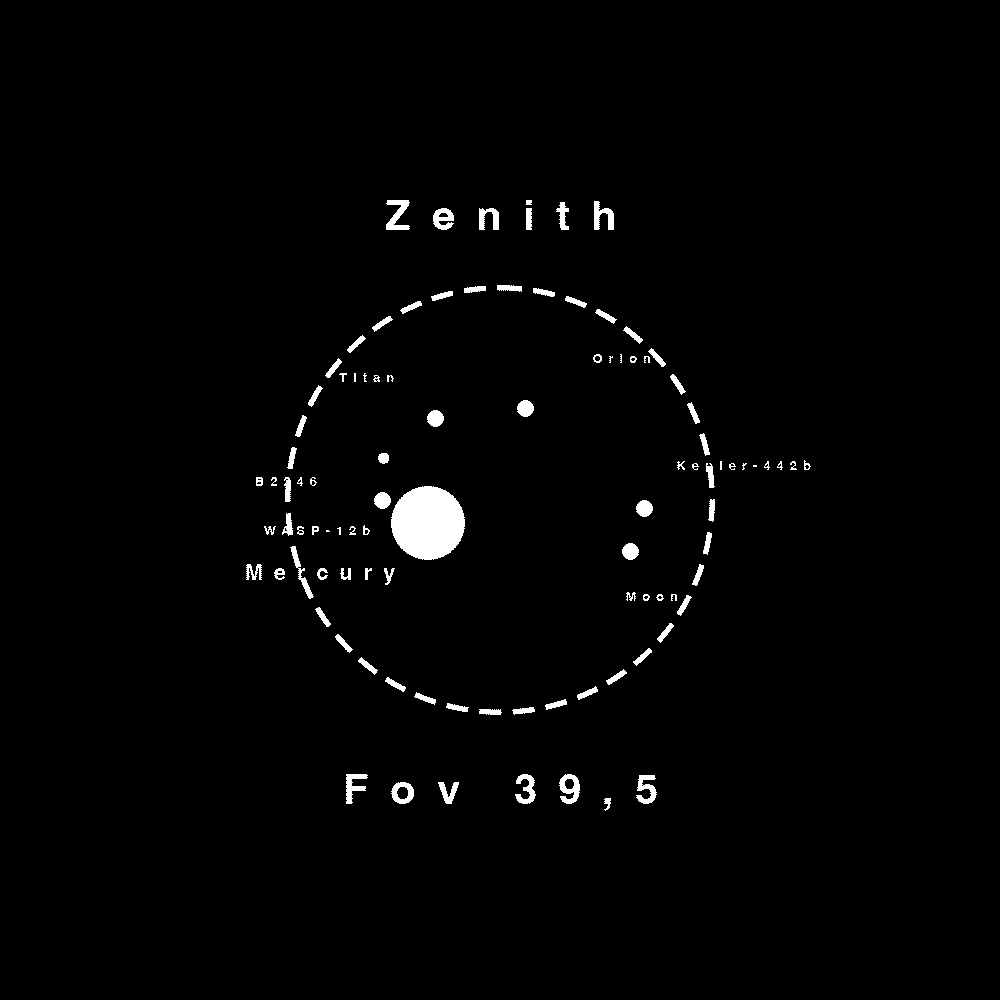
How to read the sculptures?
PHYSICS AND ART IN ABSTRACTION
With the date, time, and location of your event, SPACE MEMORY STUDIO traces the alignment of planets, stars, galaxies, stellar systems, meteorites, and other celestial bodies that were at your zenith at that exact moment, among the catalogued bodies recognized worldwide.
A document is delivered with the artwork, allowing you to decipher the symbol.
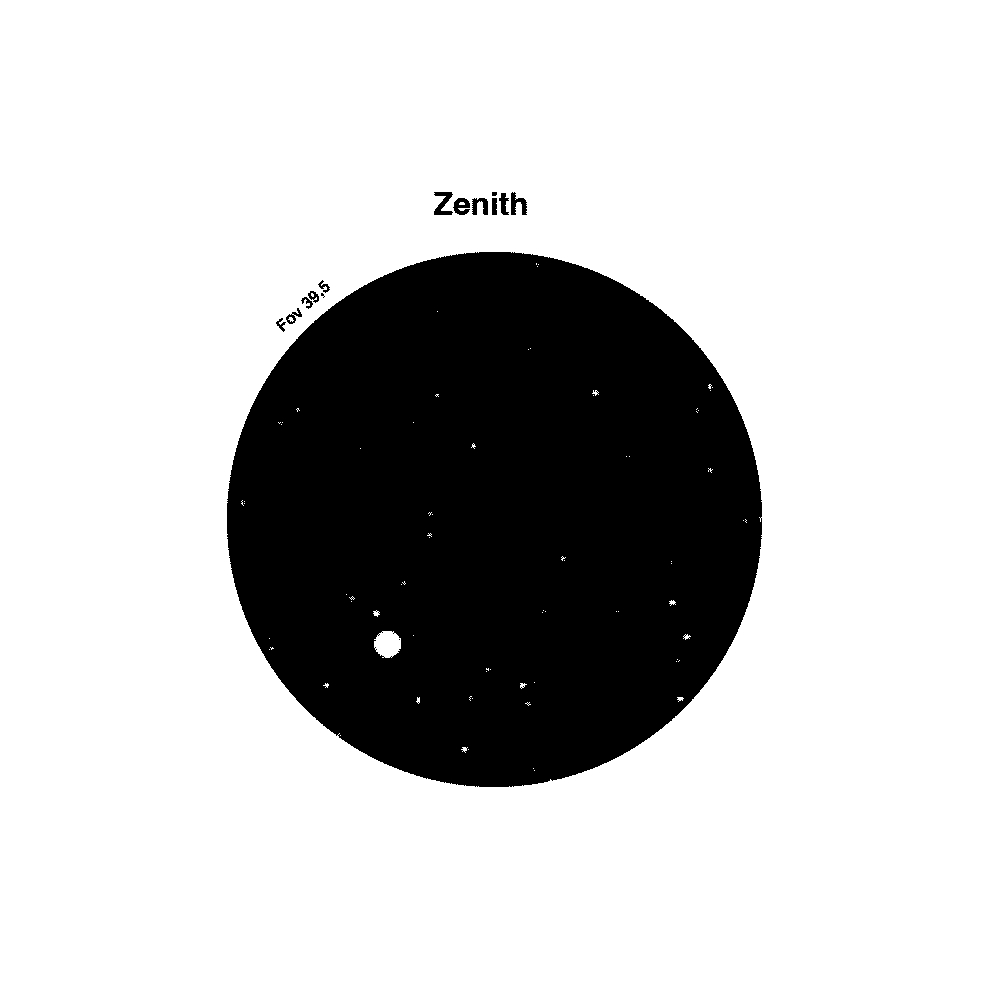
Above each powerful moment, 7 unique stars are shining.
The story is told through an abstraction that carries meaning. Significant events, whether political or emotional, connect people through shared values, empathy, or collective memories.

A sacred, elegant and immortal presence.
The work on connection has already been initiated by the artist Vidya-Kelie. In her practice, the invisible lines of human bonds become visible: she tirelessly draws lines to connect people with one another. Using digital tools, which make certain narratives even more apparent—she pays tribute to these connections by manifesting them in reality through noble and powerful materials.

A reminder of our connection to space and time.
BURNING BLUE invites us to reflect on the vastness of the cosmos and our place within it.
It symbolizes the connections that bind us to the stars and the passage of time. Its presence reminds us of the mysteries surrounding our existence. It is both a gateway and a reflection, linking the universe to our inner world.
THE ARTWORK IS COLLECTIVE

A COLLECTIVE SKY
Each artwork, from several meters to just a few centimeters, becomes a fragment of the universe, signed by the artist, connecting history to the cosmic.
BURNING BLUE is a vast composition of stories where each work expands a collective sky.
Unfolding across places around the world, these stellar maps weave a universal memory made of stories, secrets, and confessions.

HISTORICAL CONNECTION
Since the dawn of time, humanity has gazed at the stars seeking meaning, guidance, and origins. From Orion to the Pleiades, myths reflect a shared cosmic imagination. The celestial bodies were both deities and storytellers, marking time and rituals.
Historically, astrologers, powerful advisors to kings and gods, laid the foundations for astronomical research. Mechanisms like the Antikythera device, as well as ancient maps and calendars, bear witness to this long quest to understand the movements of the heavens.

Human Passions
WHY “BURNING BLUE”
In reference to the energy of blue giants, their intensity and their power. Fire is passion, blue is mystery.
A large part of the light emitted by these ephemeral stars, destined to explode as supernovae (on a timescale of 10 to 100 million years, no less!), escapes our gaze, as it lies in the ultraviolet.
Blue, like a doorway or a threshold between the visible and the invisible, becomes a powerful metaphor for all that exists beyond our perception.
Invisible bridges to our eyes, yet entirely real, physical, and carriers of information.
The BURNING BLUE then appears to pay homage to this subtle light, sculpting space through plays of shadow and reflection, caressing textures, and inviting sensitive contemplation. It is a silent celebration of this immaterial force, both fragile and essential, shaping our relationship with the universe.
HIGH-PRECISION COORDINATES
CONNECTED TO ASTRO-NOMICAL KNOWLEDGE
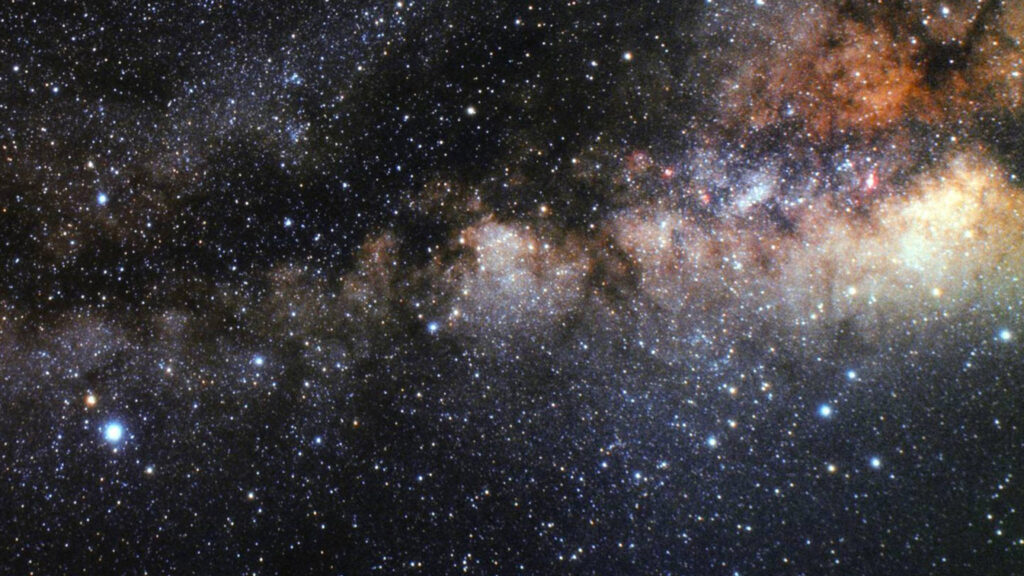
MAPPING THE UNIVERSE THROUGH INTERCONNECTED DATA-BASE
Astrophysical research relies on extensive databases that compile critical notifications and cross-referenced data. The SIMBAD database (CDS, Strasbourg) catalogs over 11 million celestial objects, while the NASA Exoplanet Archive tracks confirmed exoplanets and their properties. Specialized resources like the Minor Planet Center (IAU) focus on tracking asteroids and comets, while the GAIA Archive (ESA) provides a precise 3D map of our galaxy with over 1.8 billion stars. These databases, interconnected with tools such as VizieR and NED (NASA/IPAC Extragalactic Database), enable astronomers to refine our understanding of cosmic structures and planetary systems.
TRANSLATE EQUATORIALS DATAS

EQUATORIAL DATA AND GEOLOCATION TRANSLATION
Equatorial data, defined by right ascension and declination, are fundamental in astronomy (Meeus, Astronomical Algorithms, 1998). The challenge of translating these celestial coordinates into terrestrial geolocation has ancient roots. The Babylonians, as early as 1000 B.C., recorded stellar positions on clay tablets, while the Greeks and Chinese used armillary spheres to map the sky. Later, Ulugh Beg’s observatory (15th century) and Tycho Brahe’s star catalog (1602) refined these measurements. Modern breakthroughs, such as the Hipparcos satellite (ESA, 1989-1993), converted equatorial data into an X-Y grid, bridging astronomical observations with GPS calibration. These historical and contemporary efforts remain essential for precision in astrometry and space exploration.
OFFICIAL REGISTRY OF CELESTIAL BODIES
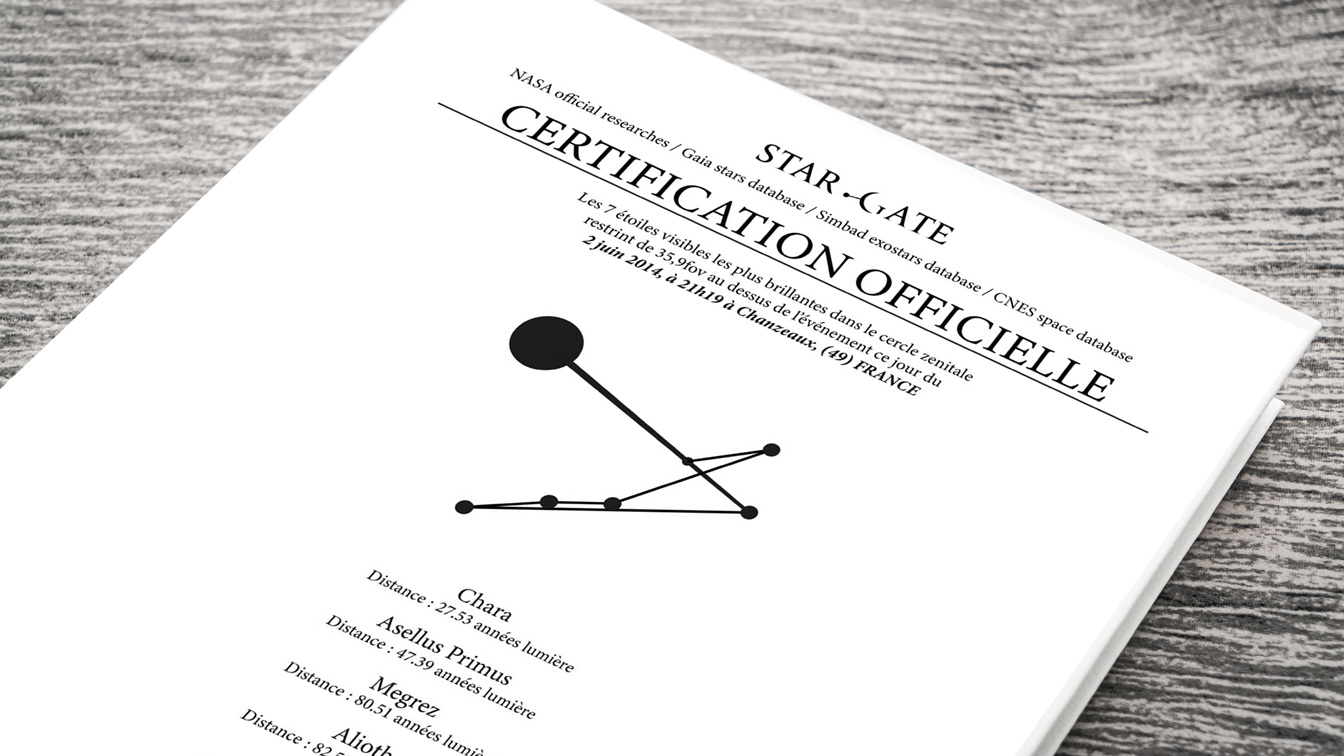
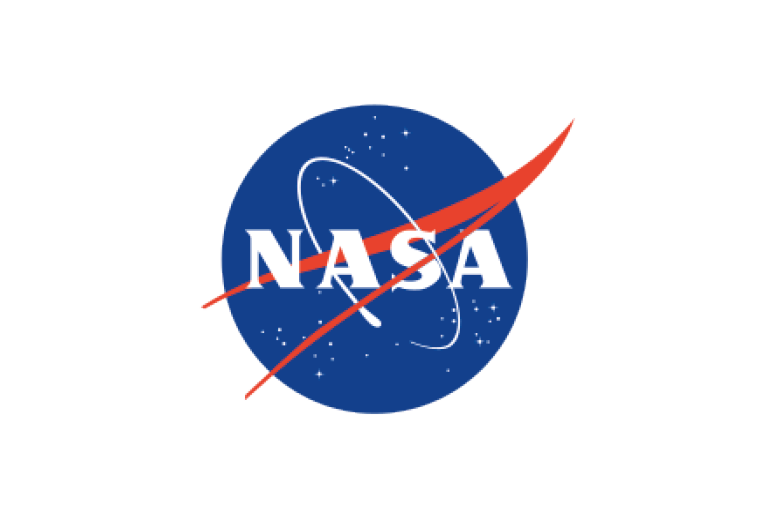





THIS SCIENTIFIC DOCUMENT IS THE PROOF OF THE VERACITY AND AUTHENTICITY OF YOUR STARGATE
As the Sun moves through the Milky Way at an estimated speed of 828,000 km/h, as proposed by Dr. R. R. Price, Earth orbits within this vast motion, while the universe itself expands at an accelerating rate, a discovery made by Edwin Hubble. This constant motion and the expansion of space ensure that every stellar alignment is unique, occurring at a specific moment in time, never to be repeated in the same way. The possibility of star alignments at any given instant at the zenith, with all the astronomical data we now possess, represents a unique celestial event. The vortex-like movement of the Sun, coupled with the precise tracking of stellar positions, allows us to certify these moments with unparalleled accuracy through official databases. These data points, stored in sophisticated astronomical databases, are not just a reflection of cosmic events but an official certification of the universe’s ongoing evolution. The concept of a “cosmic clock” has been explored by scientists such as Roger Penrose, who addressed the idea of the universe as a dynamic phenomenon evolving through the geometry of space-time (Penrose, 2010), and Carl Sagan, who popularized the idea of a “cosmic calendar” to demonstrate the vast time scales of the universe in his works and broadcasts (Sagan, 1980). Representations of vortex-like motion in the astronomical context are also frequently mentioned in theories of general relativity and quantum gravity, where space-time itself is seen as a swirling fabric influenced by mass and energy (Einstein, 1915).
ASTRO-PHYSICAL
ABSTRACTION

THE PRECISION OF COSMIC DATA AND ADVANCED TECHNOLOGIES REVEALED BY ART
At this precise moment, powerful telescopes like the James Webb Space Telescope (JWST), Very Large Telescope (VLT), and Keck Observatory are capturing data from the vastness above, feeding into highly accurate databases. These databases, enriched by space research projects such as GAIA and Sloan Digital Sky Survey (SDSS), are continually refined, offering a deeper understanding of celestial phenomena. Advanced computational systems process these massive datasets, ensuring the precision needed to track every star, planet, and event in the sky. With cutting-edge technology, researchers decode the universe’s patterns, enhancing our knowledge of space in real-time. The precision of these tools allows for an unparalleled connection to the cosmos. This precision draws invisible lines across the void — constellations of knowledge etched between presence and absence.
Each calculation becomes a stroke; each void, a pause. In this choreography of data and silence, abstraction emerges as the truest map of the sky.





